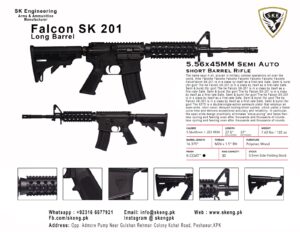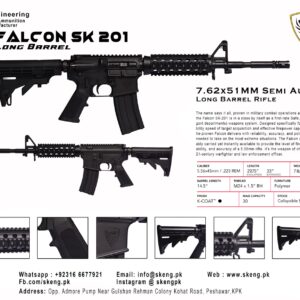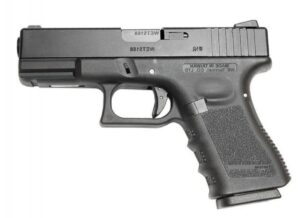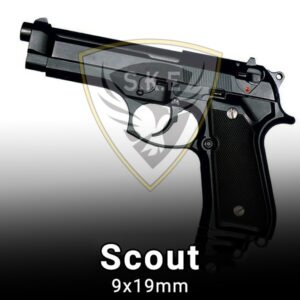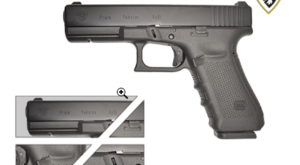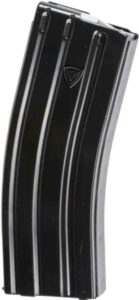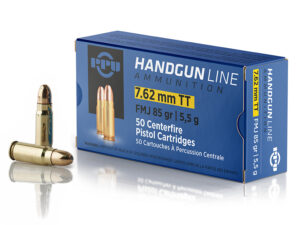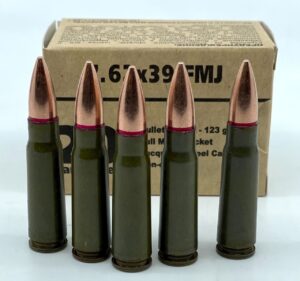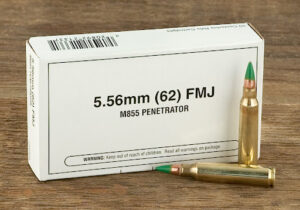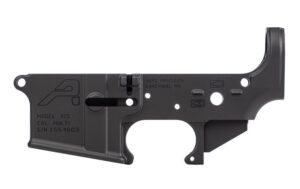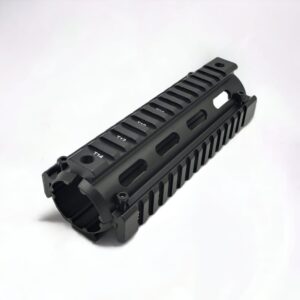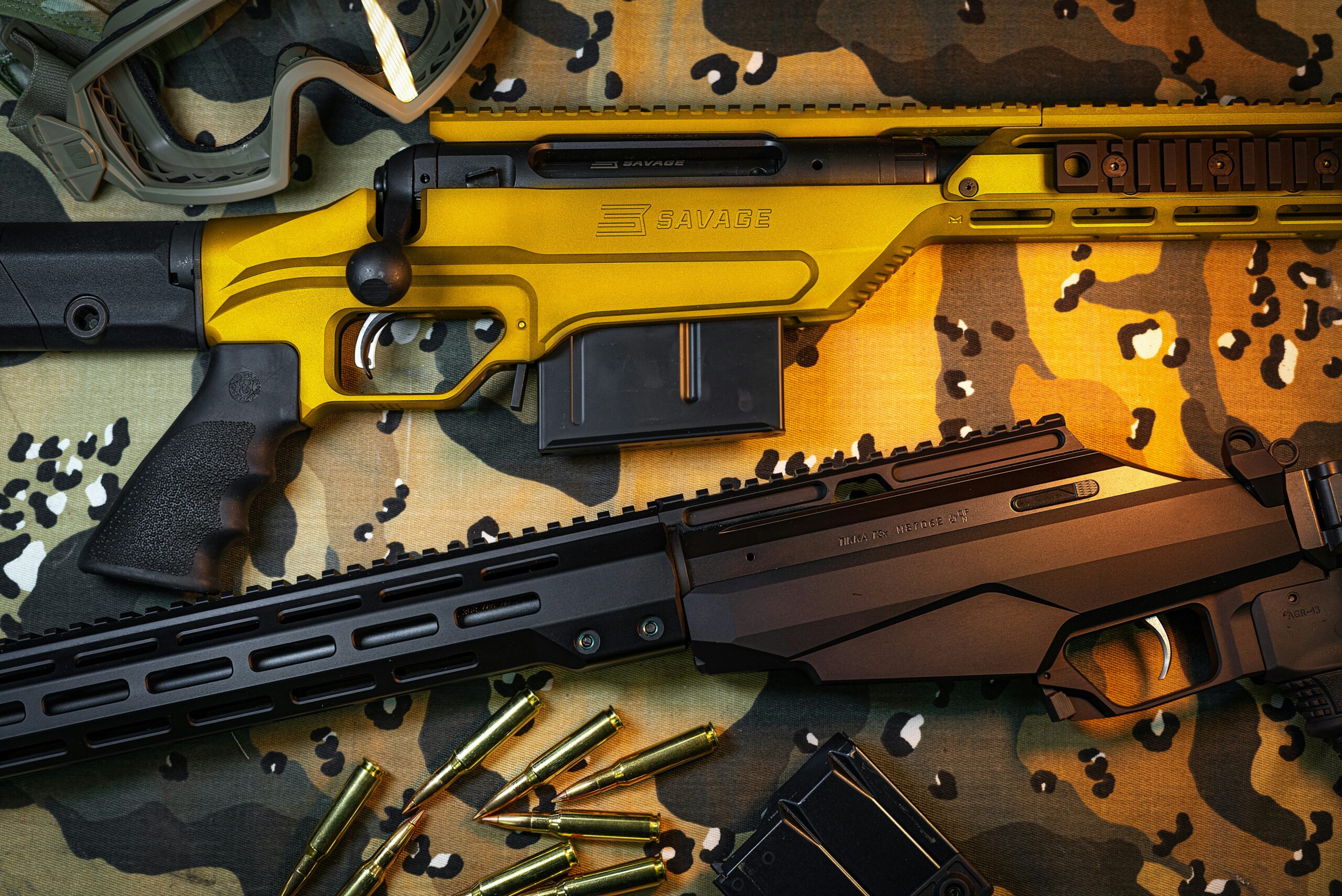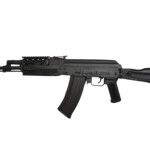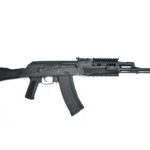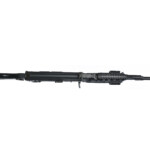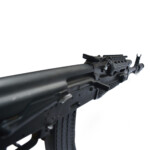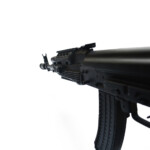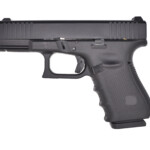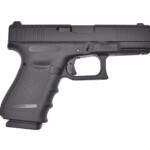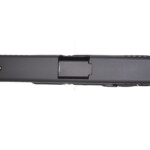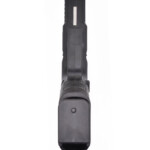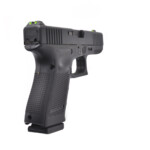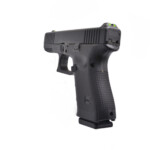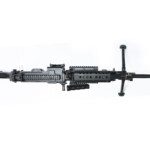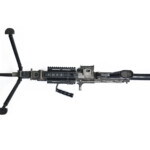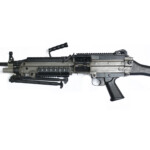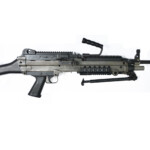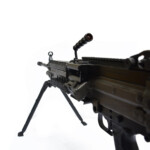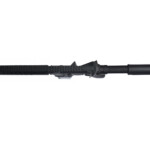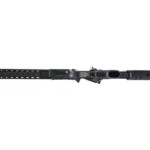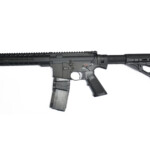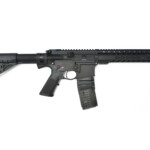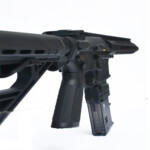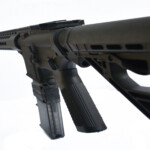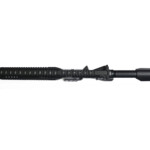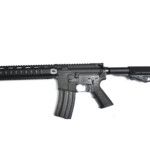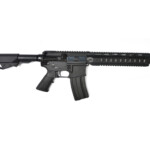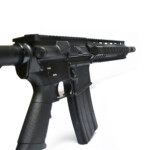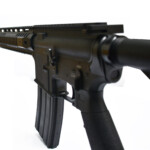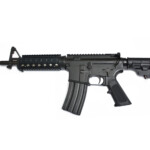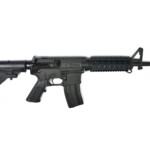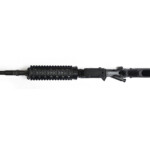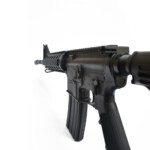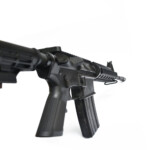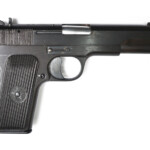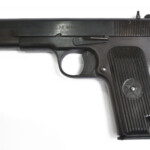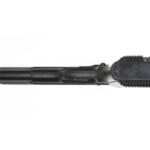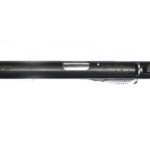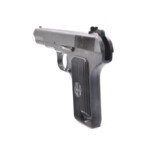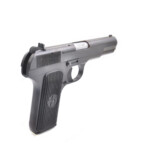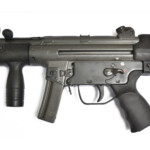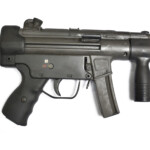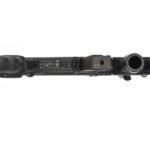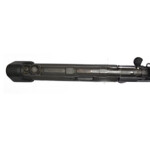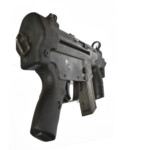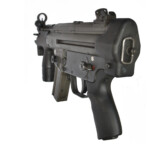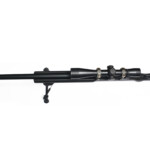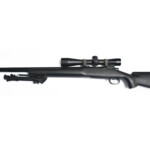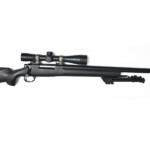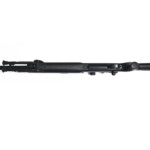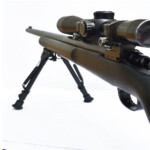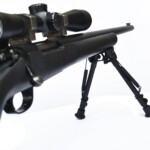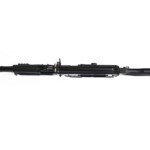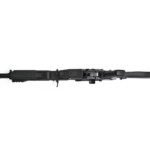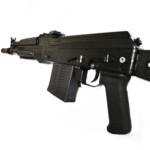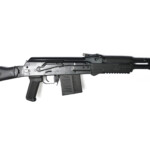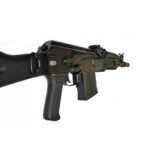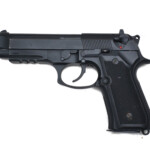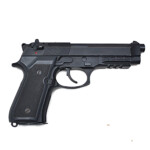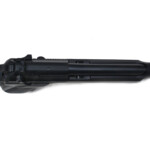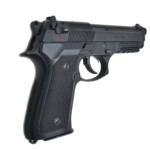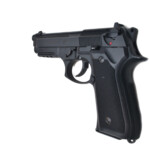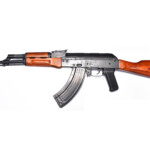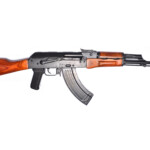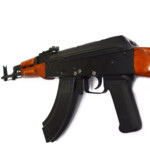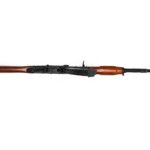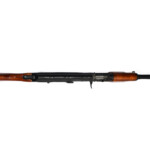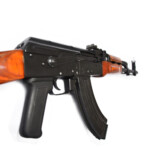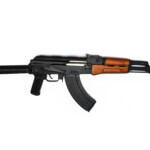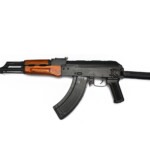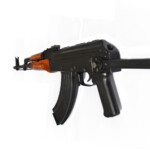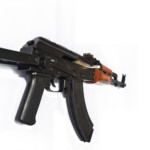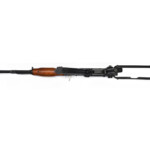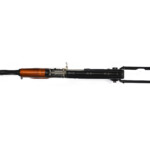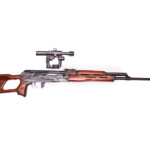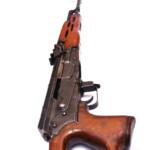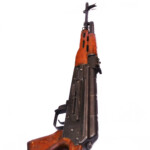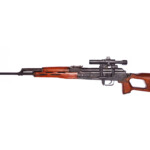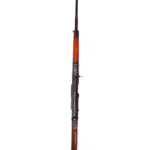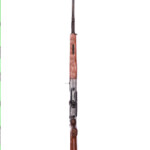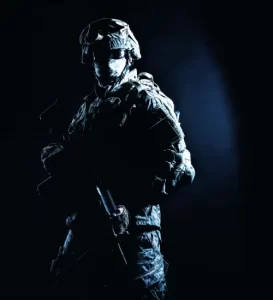Pakistan Weapon Industry: A Comprehensive Overview
Introduction
Pakistan weapon industry stands as a significant aspect of its defense infrastructure, reflecting its strategic position in the region. This article delves into the intricacies of Pakistan’s weapon industry, exploring its domestic production, major suppliers, export destinations, and the economic implications of its defense exports.
Pakistan’s Weapon Industry Overview
Historical Context
Pakistan’s journey in the arms manufacturing realm traces back to its independence in 1947. After partition from British India, Pakistan inherited a limited defense infrastructure and relied heavily on imports to meet its military needs. However, recognizing the importance of self-sufficiency in defense, Pakistan initiated efforts to establish indigenous arms manufacturing capabilities.
In the 1950s, Pakistan laid the foundation for its defense industry with the establishment of the Pakistan Ordnance Factories (POF) and other defense production facilities. These initiatives aimed to reduce dependency on foreign suppliers and enhance national security.
Over the decades, Pakistan’s defense industry has grown significantly, with investments in research, development, and production of various weapon systems. The country has achieved notable milestones in indigenous arms production, including the development of tanks, aircraft, missiles, and small arms.
Despite challenges such as technological constraints and international sanctions, Pakistan’s defense industry has persevered, contributing to the country’s defense preparedness and strategic autonomy.
Current Status
Today, Pakistan’s defense industry stands as a multifaceted sector encompassing manufacturing, research and development, and technology transfer. The country has achieved self-reliance in several key defense areas, reducing its reliance on foreign imports.
The Pakistan Ordnance Factories (POF), established in 1951, remain a cornerstone of Pakistan’s defense production infrastructure. POF manufactures a wide range of arms and ammunition, including rifles, artillery, and explosives, catering to both domestic and international markets.
Additionally, Pakistan has invested in developing advanced defense technologies, such as unmanned aerial vehicles (UAVs), radar systems, and missile technology. Collaborations with countries like China have further bolstered Pakistan’s defense capabilities, enabling the co-production of fighter jets, submarines, and other sophisticated weapon systems.
Overall, Pakistan’s defense industry continues to evolve, adapting to emerging threats and technological advancements while striving for self-sufficiency and innovation.
Top Countries for Weapon Supplies to Pakistan
Pakistan sources weapons from various countries to meet its defense requirements, with key suppliers including China, the United States, and Russia. These countries have historically played significant roles in Pakistan’s defense acquisitions, providing a wide range of weapon systems and technology transfers.
- China: As a longstanding strategic ally, China is a major supplier of weapons to Pakistan. The collaboration between the two countries extends to joint development and production of military hardware, including fighter jets, submarines, and missile systems.
- United States: Despite occasional strains in bilateral relations, the United States has been a significant supplier of military equipment to Pakistan. This includes aircraft, helicopters, missiles, and naval vessels, albeit subject to political and diplomatic considerations.
- Russia: In recent years, Russia has emerged as a key supplier of defense equipment to Pakistan, particularly in the realm of aviation and air defense systems. Deals between the two countries have included the purchase of helicopters, aircraft, and anti-tank missiles.
Other notable suppliers to Pakistan’s defense arsenal include European countries like France, Italy, and Turkey, as well as smaller players in the arms market such as Ukraine and South Korea.
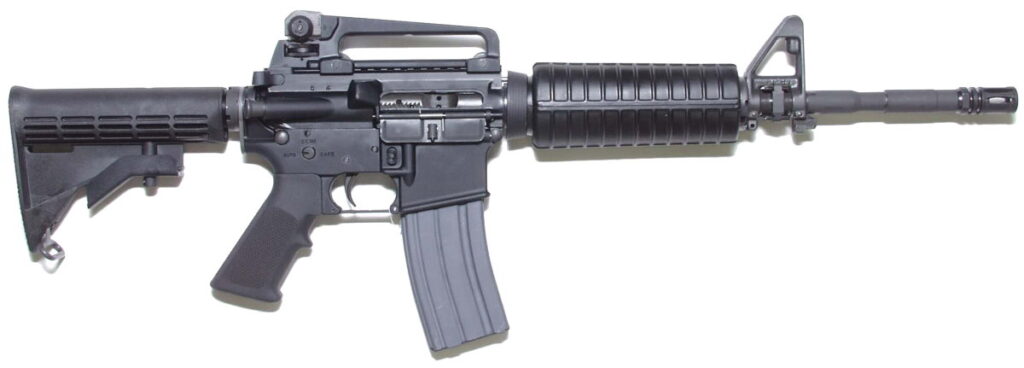
Types of Weapons Produced in Pakistan
Pakistan boasts a diverse arsenal of domestically produced weapons, ranging from small arms to advanced missile systems. These weapons cater to the requirements of the country’s armed forces and contribute to its defense self-sufficiency.
- Small Arms: Pakistan manufactures a variety of small arms, including rifles, pistols, submachine guns, and light machine guns. These firearms are produced by the Pakistan Ordnance Factories (POF) and other private and government-owned entities.
- Artillery: The Pakistan Army operates a range of artillery systems, including towed and self-propelled howitzers, rocket launchers, and mortars. Indigenous production of artillery ammunition also supports Pakistan’s artillery capabilities.
- Aircraft: Pakistan is capable of designing, developing, and producing aircraft for both military and civilian purposes. The JF-17 Thunder, a multi-role fighter jet co-produced with China, is a prominent example of Pakistan’s indigenous aviation industry.
- Missiles: Pakistan has developed a diverse range of missile systems, including ballistic missiles, cruise missiles, and surface-to-air missiles. These missiles serve various roles, including strategic deterrence, conventional warfare, and air defense.
- Naval Vessels: Pakistan’s defense industry also manufactures naval vessels, such as frigates, submarines, and patrol boats. Collaboration with China has resulted in the co-production of submarines and surface ships for the Pakistan Navy.
Overall, Pakistan’s indigenous weapons production capabilities encompass a wide spectrum of military hardware, enhancing its defense preparedness and strategic autonomy.
Notable Examples of Pakistan’s Indigenous Weapon Production
Pakistan has achieved significant milestones in indigenous weapons production, developing advanced systems that meet the requirements of its armed forces and contribute to its defense self-sufficiency.
- JF-17 Thunder: The JF-17 Thunder is a multi-role combat aircraft jointly developed by Pakistan and China. Designed to meet the operational needs of the Pakistan Air Force (PAF), the JF-17 has become a cornerstone of Pakistan’s aerial defense capabilities.
- Al-Khalid Tank: The Al-Khalid is a main battle tank developed indigenously by Pakistan. Featuring advanced armor protection, firepower, and mobility, the Al-Khalid tank is designed to operate in various battlefield conditions, enhancing Pakistan’s armored warfare capabilities.
- Babar Cruise Missile: The Babar is a land-attack cruise missile developed by Pakistan, capable of delivering conventional and nuclear warheads with precision. With its long-range capability and stealth features, the Babar missile provides Pakistan with a credible deterrence capability.
- Ra’ad Air-Launched Cruise Missile: The Ra’ad is an air-launched cruise missile designed and produced in Pakistan. Carried by Pakistani fighter aircraft, the Ra’ad missile enhances the PAF’s precision strike capability against ground targets, including enemy air defenses and high-value targets.
- Azmat-class Fast Attack Craft: The Azmat-class fast attack craft is a series of high-speed naval vessels built in Pakistan for the Pakistan Navy. Equipped with advanced weapons systems and sensors, these ships enhance Pakistan’s maritime security and naval deterrence capabilities.
These examples highlight Pakistan’s achievements in indigenous weapons production, demonstrating its ability to develop advanced military hardware tailored to its defense needs.
Destinations for Pakistan’s Arms Exports
Pakistan is also an exporter of arms, with its defense products reaching several countries across the globe. These exports contribute to Pakistan’s defense industry revenue and strengthen its diplomatic and military ties with recipient nations.
- Middle East: Countries in the Middle East, such as Saudi Arabia, Qatar, and the United Arab Emirates (UAE), are significant recipients of Pakistani arms exports. These countries seek Pakistan’s expertise in defense equipment, including aircraft, missiles, and armored vehicles.
- Africa: Nations in Africa, including Nigeria, Kenya, and Sudan, have shown interest in Pakistani defense products, particularly in the areas of small arms, armored vehicles, and naval vessels. Pakistan’s defense exports contribute to strengthening security partnerships with African nations.
- Asia: Asian countries like Bangladesh, Sri Lanka, and Myanmar have procured Pakistani defense equipment to bolster their military capabilities. Pakistan’s proximity and affordability make it an attractive option for countries in the region seeking to modernize their armed forces.
- Latin America: Pakistan has also explored defense export opportunities in Latin American countries, including Brazil, Argentina, and Colombia. While the volume of exports to this region may be limited, Pakistan’s defense industry seeks to expand its presence in Latin American markets.
Overall, Pakistan’s arms exports contribute to its defense industry’s growth and provide countries around the world with access to reliable and cost-effective defense solutions.
Popular Products in Pakistan’s Arms Exports
Pakistan’s arms exports encompass a wide range of defense products, catering to the diverse needs of its international customers. These products are known for their reliability, affordability, and effectiveness in various operational scenarios.
- JF-17 Thunder: The JF-17 Thunder fighter jet is one of Pakistan’s flagship defense exports, with several countries expressing interest in acquiring this versatile aircraft. Co-produced with China, the JF-17 offers a cost-effective solution for countries seeking modern combat aircraft.
- Super Mushshak Trainer Aircraft: The Super Mushshak trainer aircraft, manufactured by Pakistan Aeronautical Complex (PAC), is another popular export product. Designed for basic flight training, aerobatics, and instrument flying, the Super Mushshak is valued for its simplicity and reliability.
- Missile Systems: Pakistan exports a variety of missile systems, including surface-to-air missiles (SAMs), anti-tank guided missiles (ATGMs), and air-launched cruise missiles. These missiles provide cost-effective solutions for countries seeking to enhance their air defense and precision strike capabilities.
- Small Arms and Ammunition: Pakistan’s small arms and ammunition, produced by the Pakistan Ordnance Factories (POF), are in demand among international customers. Rifles, pistols, and ammunition produced by POF are known for their quality, durability, and affordability.
- Naval Vessels and Maritime Systems: Pakistan exports naval vessels, including patrol boats, frigates, and submarines, to countries in need of maritime security solutions. Collaborations with China have resulted in the co-production of submarines and surface ships for export.
These products exemplify Pakistan’s capabilities in providing cost-effective and reliable defense solutions to its international partners, contributing to its reputation as a trusted arms exporter.
Comparison with Other Countries
When comparing Pakistan’s defense industry with other countries, several factors come into play, including military strength, arms production capability, and technological advancements. While Pakistan may not match the scale and sophistication of some major global powers, it possesses unique strengths and capabilities that distinguish it in the international defense landscape.
- Military Strength: Pakistan maintains a formidable military force, comprising well-trained personnel, modern equipment, and a strategic nuclear deterrent. Its military doctrine focuses on defense against external threats and maintaining regional stability.
- Arms Production Capability: Pakistan’s defense industry has achieved notable success in indigenous arms production, encompassing a wide range of weapon systems, including aircraft, missiles, and naval vessels. While it may not rival the production capacities of major powers like the United States or Russia, Pakistan’s defense industry has demonstrated agility, innovation, and cost-effectiveness in meeting its defense needs.
- Technological Advancements: Pakistan has made strides in developing advanced defense technologies, particularly in the fields of missile technology, unmanned aerial vehicles (UAVs), and electronic warfare systems. Collaborations with China and other countries have facilitated technology transfers and knowledge sharing, enabling Pakistan to enhance its defense capabilities.
- Regional Dynamics: Pakistan’s defense posture is shaped by its geopolitical environment, including its longstanding rivalry with India, security challenges along its borders, and its strategic location in South Asia. These factors influence Pakistan’s defense priorities, investments, and military strategies.
While Pakistan may not be the world’s leading military power, its defense industry plays a crucial role in safeguarding the country’s sovereignty, deterring aggression, and contributing to regional security.
Pakistan Army’s Involvement in Business
The Pakistan Army is involved in various business ventures, ranging from defense production to commercial enterprises. These ventures serve multiple purposes, including generating revenue for the army’s welfare programs, promoting economic development, and leveraging the army’s expertise in strategic sectors.
- Defense Industry: The Pakistan Army has a significant presence in the defense industry through institutions like the Pakistan Ordnance Factories (POF) and the Heavy Industries Taxila (HIT). These facilities manufacture a wide range of defense equipment, including small arms, ammunition, armored vehicles, and artillery.
- Real Estate: The Pakistan Army owns extensive land assets across the country, which it utilizes for residential, commercial, and agricultural purposes. Army-run housing schemes and commercial projects generate revenue for the army’s welfare funds and contribute to the national economy.
- Commercial Enterprises: In addition to its core defense-related businesses, the Pakistan Army operates various commercial enterprises in sectors such as banking, aviation, and telecommunications. These ventures leverage the army’s organizational structure, resources, and expertise to generate profits and support its welfare programs.
- Infrastructure Development: The Pakistan Army is involved in infrastructure development projects, including road construction, dam building, and urban development initiatives. These projects aim to improve connectivity, facilitate economic growth, and address the country’s infrastructure needs.
Overall, the Pakistan Army’s involvement in business activities plays a significant role in supporting its organizational objectives, promoting economic development, and contributing to national security.
Pakistan’s Defense Exports and Economic Impact
Pakistan’s defense exports have a significant economic impact, contributing to the country’s export earnings, industrial growth, and employment generation. These exports encompass a wide range of defense products, including aircraft, missiles, small arms, and naval vessels, which are sold to various countries around the world.
- Export Earnings: Defense exports contribute to Pakistan’s export earnings, providing a source of revenue for the country’s economy. The sale of defense equipment generates foreign exchange, which helps offset the trade deficit and strengthens the country’s balance of payments.
- Industrial Growth: The defense industry serves as a catalyst for industrial growth, driving innovation, technology development, and skills enhancement. Investments in research, development, and production of defense equipment stimulate growth in related industries, such as aerospace, electronics, and engineering.
- Employment Generation: The defense sector provides employment opportunities for a significant number of people, including engineers, technicians, and skilled workers. The manufacturing, maintenance, and support services associated with defense production create jobs and contribute to livelihoods across the country.
- Technology Transfer and Innovation: Defense exports facilitate technology transfer and knowledge sharing between Pakistan and its international partners. Collaborations with foreign companies and governments enable Pakistan to acquire advanced technologies, build technical capabilities, and foster innovation in the defense industry.
Overall, Pakistan’s defense exports play a vital role in supporting economic development, industrial growth, and technological advancement, while also enhancing the country’s defense capabilities and strategic influence.

